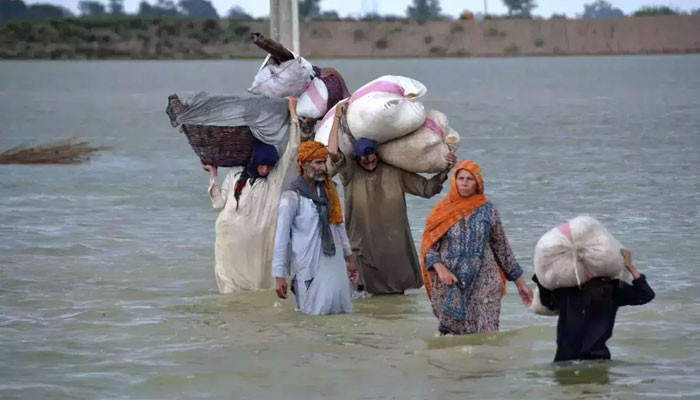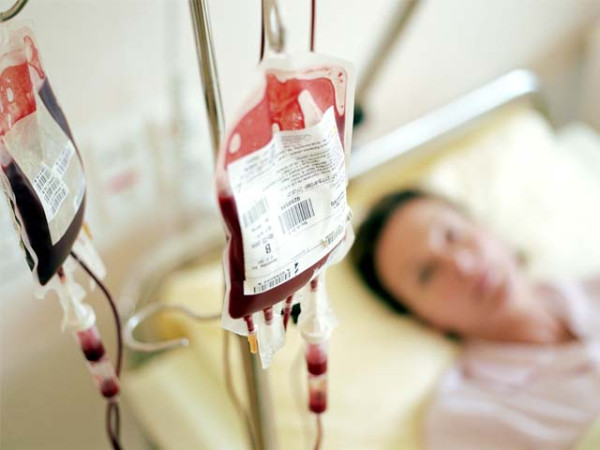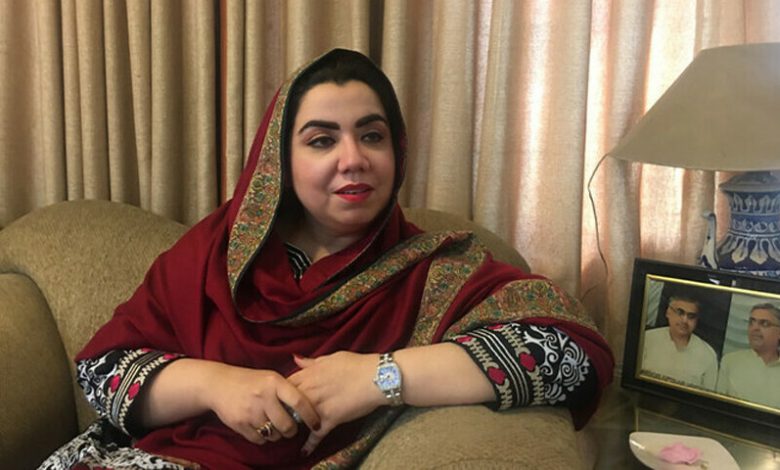
With the onset of monsoon rains heightening the risk of floods across Pakistan, the World Health Organization (WHO) has partnered with the government and various stakeholders to launch a critical preparedness initiative titled "Monsoon Emergency Plan 2025."
The plan aims to deliver medical support to more than 1.3 million people ahead of any potential flooding.
A high-level meeting was convened in Islamabad to formalize the strategy, chaired by Director General Health Dr. Shabana Saleem. The meeting, supported by WHO, focused on pre-flood planning, hospital readiness, medicine supply, and emergency healthcare services.
As part of the plan, 33 districts across Punjab, Sindh, Balochistan, and Khyber Pakhtunkhwa have been identified as high-risk areas. Priority will be given to vulnerable groups including women, children, the elderly, people with disabilities, and the homeless.
Key components of the plan include:
Pre-positioning of emergency medicines and medical supplies
Strengthening of disease surveillance systems
Improvements in hospital sanitation, water, and drainage facilities
Deployment of mobile hospitals and provision of telemedicine services in remote areas
WHO representative Dr. Dapeng Luo emphasized, “We stand in solidarity with Pakistan to ensure timely assistance during any natural disaster. Our focus is to protect the most vulnerable.”
Pakistan has faced repeated climate-induced disasters in recent years, most notably the devastating 2022 floods that affected millions and destroyed thousands of health facilities. With the Meteorological Department forecasting heavy rainfall between July 7 and 9, and the NDMA reporting 79 deaths so far this season, the authorities stress that early preparedness can save countless lives.
The core objective of the Monsoon Emergency Plan is clear: to safeguard lives through proactive medical response and timely support before disaster strikes.


09 Jul, 2025

2.jpeg)
1.jpeg)
09 Jul, 2025


09 Jul, 2025